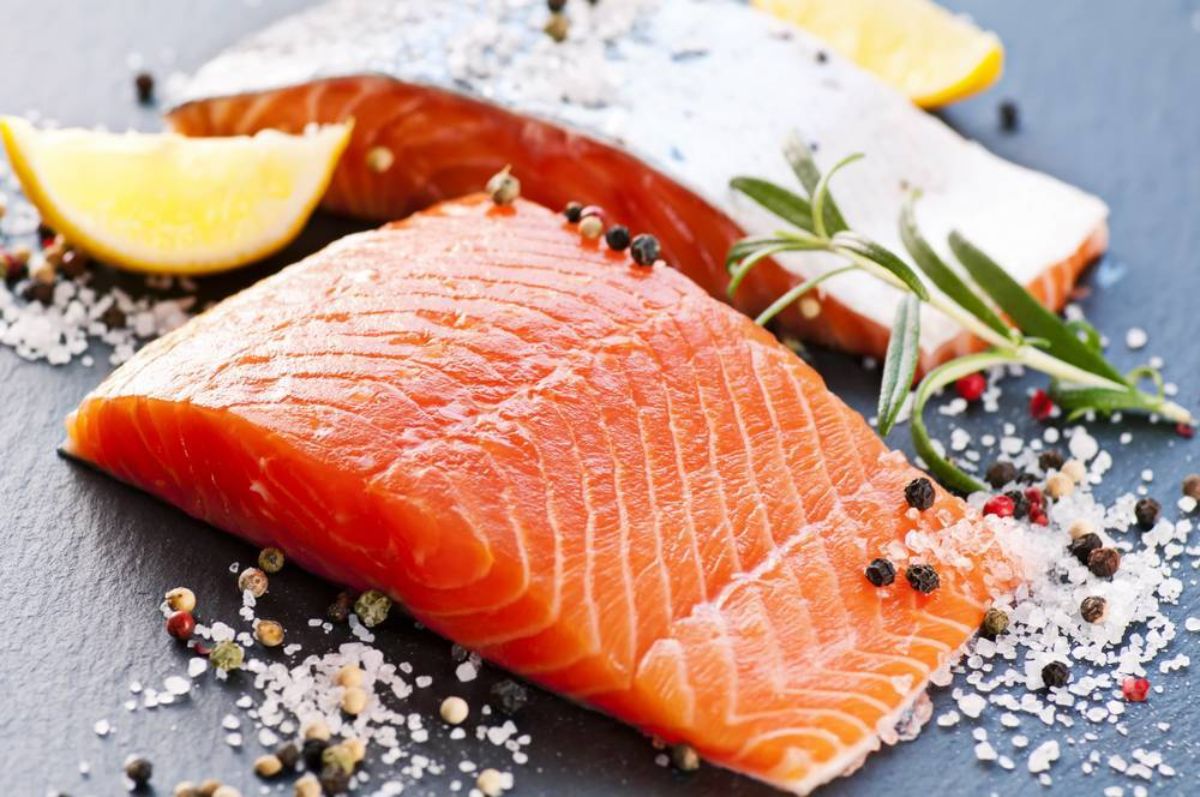What are the benefits of oysters — 7 theses about their impact on health
Oysters are not only an exquisite delicacy, but also a product with a unique combination of valuable nutrients: antioxidants, fatty acids, proteins, vitamins and minerals.
The rich composition determines the beneficial properties of oysters: they strengthen the immune system, promote weight loss, and prevent the development of a number of common diseases.
7 useful properties
Below are the 7 main facts about the benefits of oysters for our health, which are confirmed in research.
1. The presence of valuable substances in the composition

Oyster meat is very low in calories (about 51 calories per 100 grams), but contains the mass of biologically active substances:
| The name of the nutrient | Percentage of the recommended daily requirement (per 100 grams of product) |
| Vitamin D | 80 % |
| Vitamin B1 | 7 % |
| Vitamin B3 | 7 % |
| Vitamin B12 | 324 % |
| iron | 37 % |
| magnesium | 12 % |
| phosphorus | 14 % |
| zinc | 605 % |
| copper | 223 % |
| manganese | 18 % |
| selenium | 91 % |
It should be noted separately that oysters are a valuable source of omega-3 polyunsaturated fatty acids. High level of their consumption scientists connect with normalization brain work , low incidence of chronic diseases and malignant tumors.
2. Improving thyroid health
 Oysters are a valuable source of selenium.
Oysters are a valuable source of selenium.
According to the data research, selenium supports the production of hormones by the thyroid gland, prevents a number of diseases from this organ: from nodular or toxic goiter to malignant cell transformation.
Selenium is also a powerful antioxidant that protects all cells of the body from the effects of free radicals.
3. Strengthening the immune system
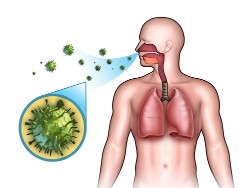 Oysters contain significant amounts of vitamin D and zinc. These biologically active substances support the work of the immune system
.
Oysters contain significant amounts of vitamin D and zinc. These biologically active substances support the work of the immune system
.
Vitamin D, according to information specialists from Singapore, not only increases bone mineral density, but also normalizes metabolism, ensuring uninterrupted proliferation of immune cells.
Zinc too Normalizes the course of metabolic processes, as well as responds for the functional activity of cells of the immune system.
With a deficiency of these two nutrients, the body's resistance to various external agents decreases, and infectious and inflammatory diseases of any etiology are more common.
4. Prevention of anemia
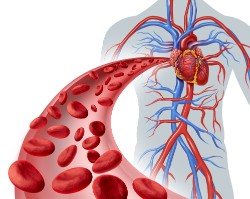 Anemia is one of the most common diseases, the most common cause of which is a deficiency of vitamin B12 and (or) iron.
Anemia is one of the most common diseases, the most common cause of which is a deficiency of vitamin B12 and (or) iron.
Chinese scientists lead disappointing data: up to 25% of elderly people are deficient in these nutrients and have clinically pronounced or latent symptoms of anemia.
Oysters rich iron and vitamin B12. They are recommended to be included in the nutrition system in order to prevent anemia (at high risk) or even for pathology therapy (together with medications).
5. Weight loss Assistance
 Oysters are a valuable source of protein (7 grams per 100 grams of product), consisting of essential acids.
Oysters are a valuable source of protein (7 grams per 100 grams of product), consisting of essential acids.
According to scientists, the inclusion of high-protein foods increases the production of "satiety hormones": peptide YY and cholecystokinin. These substances depress the hunger centers in the brain, as a result of which the body requires less food in the following hours.
Research conducted under the supervision of scientists from New Zealand, demonstrate that high-protein diets show more positive results than diets that limit fats and carbohydrates in the diet or limit the daily caloric intake of foods consumed.
6. Prevention of type II diabetes mellitus
 Specialists of the University of Suzhou (China) installed
The amazing ability of high-protein foods (such as oysters) to reduce the level of glycated hemoglobin (HbA1c).
Specialists of the University of Suzhou (China) installed
The amazing ability of high-protein foods (such as oysters) to reduce the level of glycated hemoglobin (HbA1c).
Glycated hemoglobin reflects the average concentration of glucose in the blood over the past 3 months.
The positive effect is based on an increase in the sensitivity of peripheral tissues to insulin, during which the efficiency of glucose utilization increases and its concentration in the blood decreases.
It is insulin resistance that is the main pathogenetic mechanism for the development of type II diabetes mellitus.
7. Antioxidant effect
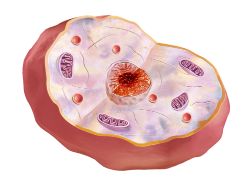 As you know, under the influence of free radicals, body cells die or regenerate, and the risk of developing chronic diseases from the cardiovascular, endocrine and digestive systems increases. This is exactly what antioxidants are fighting.
As you know, under the influence of free radicals, body cells die or regenerate, and the risk of developing chronic diseases from the cardiovascular, endocrine and digestive systems increases. This is exactly what antioxidants are fighting.
A special compound was found in oysters – 3,5-hydroxy-4-methoxybenzyl alcohol (DHMBA) is a phenolic compound with powerful antioxidant activity.
Scientists claim that DHMBA prevents the effects of free radicals on all cells of the body.
The antioxidant activity of DHMBA is not only proven in numerous studies, but also surpasses a number of medications with a similar mechanism of action.
Possible harm
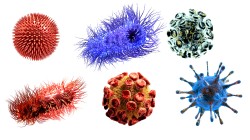 In some cases, eating oysters can harm the body. The most common side effects are:
In some cases, eating oysters can harm the body. The most common side effects are:
- Bacterial infections. Raw (not thermally processed) oyster meat can be a source of colonies of bacteria of the genus Vibrio. Ingestion of these microorganisms into the gastrointestinal tract leads to the following symptoms: diarrhea, fever, vomiting.
- Viral infections. Failure to comply with the conditions of storage, transportation and culinary processing of oysters increases the risk of infection with enteroviruses. The disease has a pattern similar to acute respiratory infections or the course of bacterial infections.
- Chemical poisoning. Oysters are capable of accumulating lead, cadmium and mercury. Ingestion of these metals into the body is undesirable. This circumstance limits the inclusion of oysters in the diet of pregnant women and children.
- Allergic reactions. Occur with increased sensitization of the body to oyster proteins. The clinical picture can be any: from skin rash to anaphylaxis.
- Dyspeptic disorders. Overloading the body with proteins causes increased gas formation, stool disorders (diarrhea or constipation) and nausea.
Selection and methods of admission
 Below are some tips that will help you find fresh and high-quality oysters on store shelves:
Below are some tips that will help you find fresh and high-quality oysters on store shelves:
- Catch time. It is recommended to purchase oysters, the catch of which was made from September to April. The rest of the time they multiply and contain more fat.
- Integrity of the shell. When you try to open the sink, it should immediately slam shut. The presence of ajar flaps, leakage of juices or other substances is unacceptable.
- Smell. Fresh oysters are practically odorless. The aroma of fish or other impurities is a sign of corruption.
- Appearance. When buying oysters without shells, they must all be the same color and size; they must not have spots, stripes. Their presence is a direct sign of bacterial infections.
The rules of use are as follows:
- Serving. Oysters are usually served alive with lemon juice and spices.
- Opening of the flaps. A special knife should be used to open the flaps, otherwise there is a high risk of damage to the fingers.
In addition to the "classic" and most useful method, there are a number of other options for eating oysters. They can be fried and boiled, cooked in an oven, canned. Oysters go well with:
- Seaweed;
- Any vegetables;
- Spaghetti;
- Any sauces.
Oysters are an almost universal product from which you can cook a lot of delicious dishes. The main thing is to carefully consider the choice.
Conclusion
Thus, oysters are an extremely nutritious product of the sea.
Due to the abundance of antioxidants, vitamins, minerals and valuable proteins in the composition, they have a complex positive effect on the entire human body.
Oysters, when consumed regularly, can help in weight loss, reduce the risk of cancer and a number of chronic diseases, and improve the functioning of the immune system.





